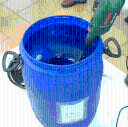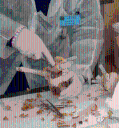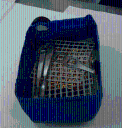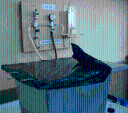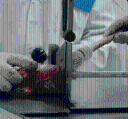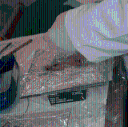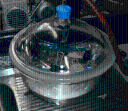españolEnglish
Plastination Techniques
Techniques and protocols
Silicone Plastination
It is the most common method of plastination. Any organ or body part can be plastinated with silicone. Specimens keep their 3D shape and after curing they can be manipulated without any further protection.
- S-10 Biodur®: Protocolo
- Otros: VisDocta®, Dow Corning®, Corcoran®
Sheet Plastination
- POLYESTER. This technique was initially designed for plastination of central nervous system slices. However, it can also be used to plastinate other tissues included in anatomical slices of less than 3mm thickness.
- EPOXY. Epoxy resins are very suitable for plastination of body slices (less than 3mm) and also for obtaining epoxy embedded specimens so as to obtain very thin slices (less than 200 µm). Semithin slices can ultimately polished until histological transparency for light microscopy.
Gallery
Silicone plastination
Plastinacion con silicona
Last Updated 3/24/19
null
0 Folders
null
12 Images
There are no media files in this folder.
Showing 1 to 12 of 12 entries.
Sheet plastination - P-40 Technique
Plastinación de Cortes Técnica P-40
Last Updated 3/24/19
null
0 Folders
null
10 Images
There are no media files in this folder.
Showing 1 to 10 of 10 entries.
Sheet plastination - E-12 Technique
Plastinación de Cortes Técnica E-12
Last Updated 3/24/19
null
0 Folders
null
10 Images
There are no media files in this folder.
Showing 1 to 10 of 10 entries.



